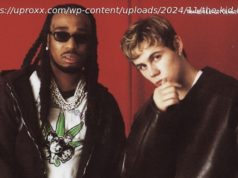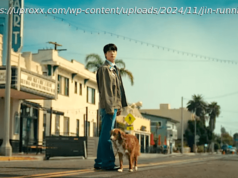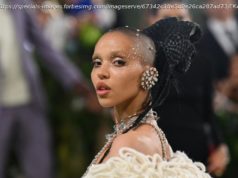On MLB Opening Day In July, here’s a handy breakdown of the 30 clubs into competitive tiers.
There have been an awful lot of speed bumps along the way (with plenty more likely in store), but hey, baseball begins today. 60 games, at best, is all we’ll see this regular season, and while that isn’t much, it should be enough for most of the cream to rise to the top, team-wise. Today, let’s place the 30 major league clubs into tiers, from the elite down to the clear non-contenders. Tiers are a little more subjective than a hard and fast power ranking, and given the uncertainties surrounding this COVID-19-influenced campaign, I think that’s appropriate. What rationale am I using? First and foremost, my opinion of team true-talent levels. At the end of 2019 I posted my team true-talent rankings, which were based on granular batted-ball data, Here are the Top 15, and here are the Bottom 15. Of course, plenty of player movement has happened since then, and must be incorporated. Also, there are some special club traits that should play well in a shortened, condensed schedule. I wrote about them here. There are COVID-19-specific issues, like player opt-outs and temporary unavailability. And in this more than any other year, a healthy dose of gut feel. So without further ado, here they are, our tiered team groupings for 2020 (teams are listed in alpha order within tiers): Baltimore Orioles: (2019 Overall True Talent Ranking = 30, Offense = 29, Defense = T19) – Not much to say here. Yes, they’ve improved their farm system with top of the draft selections like catcher Adley Rutschman, but the big club has no chance, especially with two heavyweights like the Rays and Yankees in their division. Detroit Tigers: (2019= 29, O= 30, P= 25, D= 26) – The Tigers have some big-time pitching talents like Casey Mize who aren’t quite ready for the bigs, and added some stabilizers like Jonathan Schoop, C. J. Cron and Ivan Nova to avoid a 2019-esque disaster scenario, but when your upside is embarrassment avoidance, it’s telling. San Francisco Giants: (2019= 20, O= 21, P= 24, D= 4) – They wouldn’t be in this tier if not for Buster Posey’s opt-out and Brandon Belt’s unavailability to enter the season. The pitching might not be bad, especially if low-risk pickups Kevin Gausman, Drew Smyly and Tyler Anderson work out, but the offense is bad, and lacks depth. Seattle Mariners: (2019= 23, O= 23, P= 26, D= 8) – Like the Giants, the M’s are not as bad as the O’s or Tigers, but have no chance to contend. Not a problem – it’s all about 2021 or 2022. Young arms like Justin Dunn and Logan Gilbert could make starts, while stud OFs Jarred Kelenic and the injured Jose Rodriguez are close behind. Colorado Rockies: (2019= 26, O= 22, P=30, D= 1) – Why are the Rockies different? They never rebuild, always believe their offense is better than it is because of Coors Field, and their pitching is completely unpredictable (good in 2018, horrific in 2019). They can’t be awful because of Nolan Arenado and Trevor Story, but they’ll be close. Kansas City Royals: (2019= 28, O= 28, P= 28, D= 9) – I was torn between here and the bottom group for the Royals, but gave them the benefit of the doubt for two reasons. One, their young pitching, led by phenom Brady Singer. And two, they have been a model organization during the pandemic, earning them some good karma. Miami Marlins: (2019= 27, O= 29, P= 17, D= T13) – There is real talent with upside in the Marlin rotation – Sandy Alcantara and Elieser Hernandez are my two breakout picks. Plus, the offense shouldn’t be nearly as bad as last year, with veteran stabilizers Jonathan Villar, Jesus Aguilar and Matthew Joyce added in the offseason. Pittsburgh Pirates: (2019= 21, O= 18, P= 18, D= 27) – The Bucs are kind of a faceless team, lacking impact talent outside of 1B Josh Bell.






